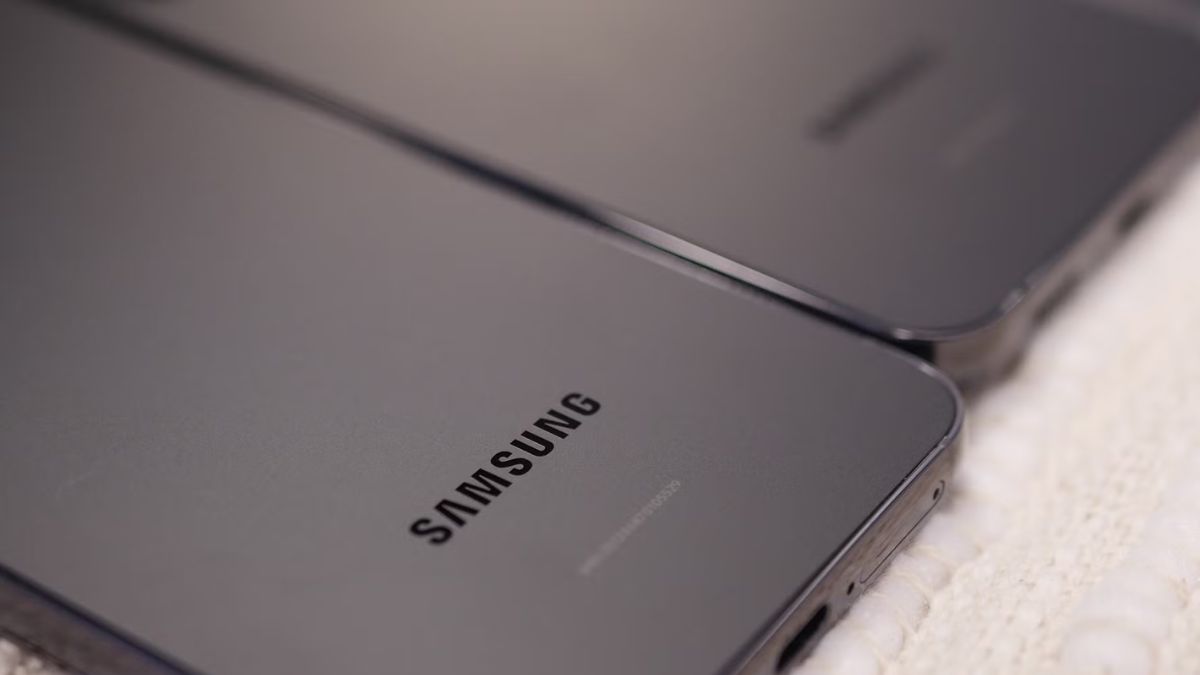
Advertisement
Samsung is getting ready to reveal a much thinner version of its popular foldable smartphone, expected to launch next month. This move comes as the company tries to keep up with Chinese brands like Honor and Oppo, which have taken the lead in making foldable phones that are lighter and slimmer.
Foldable phones, devices that have a screen which folds in half, first grabbed attention when Samsung introduced the Galaxy Fold in 2019. Since then, Chinese brands have stepped up with sleeker, more lightweight designs, making Samsung’s foldables look bulky in comparison.
Why does thinness matter so much? According to tech expert Ben Wood, foldable phones already ask users to accept a big change in how phones are used. If these phones are also heavy and thick, that just adds to the list of compromises. So, making them slimmer helps make them more appealing.
Let’s break it down with some numbers. Samsung’s 2024 foldable, the Galaxy Z Fold6, is 12.1 mm thick when folded and weighs 239 grams. In contrast, Oppo’s Find N5, released earlier this year, is noticeably thinner at 8.93 mm and lighter at 229 grams. Honor’s Magic V3, launched last year, also beats Samsung with a folded thickness of 9.2 mm and a weight of 226 grams.
Clearly, Samsung has fallen behind in the thinness race. But it’s aiming to change that soon. The company has already teased that its next Galaxy Z foldable will be the “thinnest, lightest, and most advanced” version yet.
However, the competition isn’t standing still. Honor is gearing up to launch its new foldable, the Magic V5, on July 2 in China. If Samsung’s next device can match the slim designs of Honor or Oppo, it would be a major design improvement over its earlier models.
Even with all these technological advancements, the foldable phone market hasn’t grown as quickly as expected. According to CCS Insight, foldable phones are expected to make up just 2% of all smartphones sold this year. That’s a small slice of the market, and it shows that many consumers still aren’t convinced they need a foldable phone.
One possible way to change that, Ben Wood explains, is to make foldables much thinner and more similar in shape and weight to regular phones. That might get more people to reconsider them. But he also warns that even with better design, many people still question the need for a phone that folds in the first place.
Adding to the excitement, analyst Ming-Chi Kuo recently reported that Apple is planning to join the foldable race with its own version of a folding iPhone, likely coming next year. If true, that could shake up the entire market.
